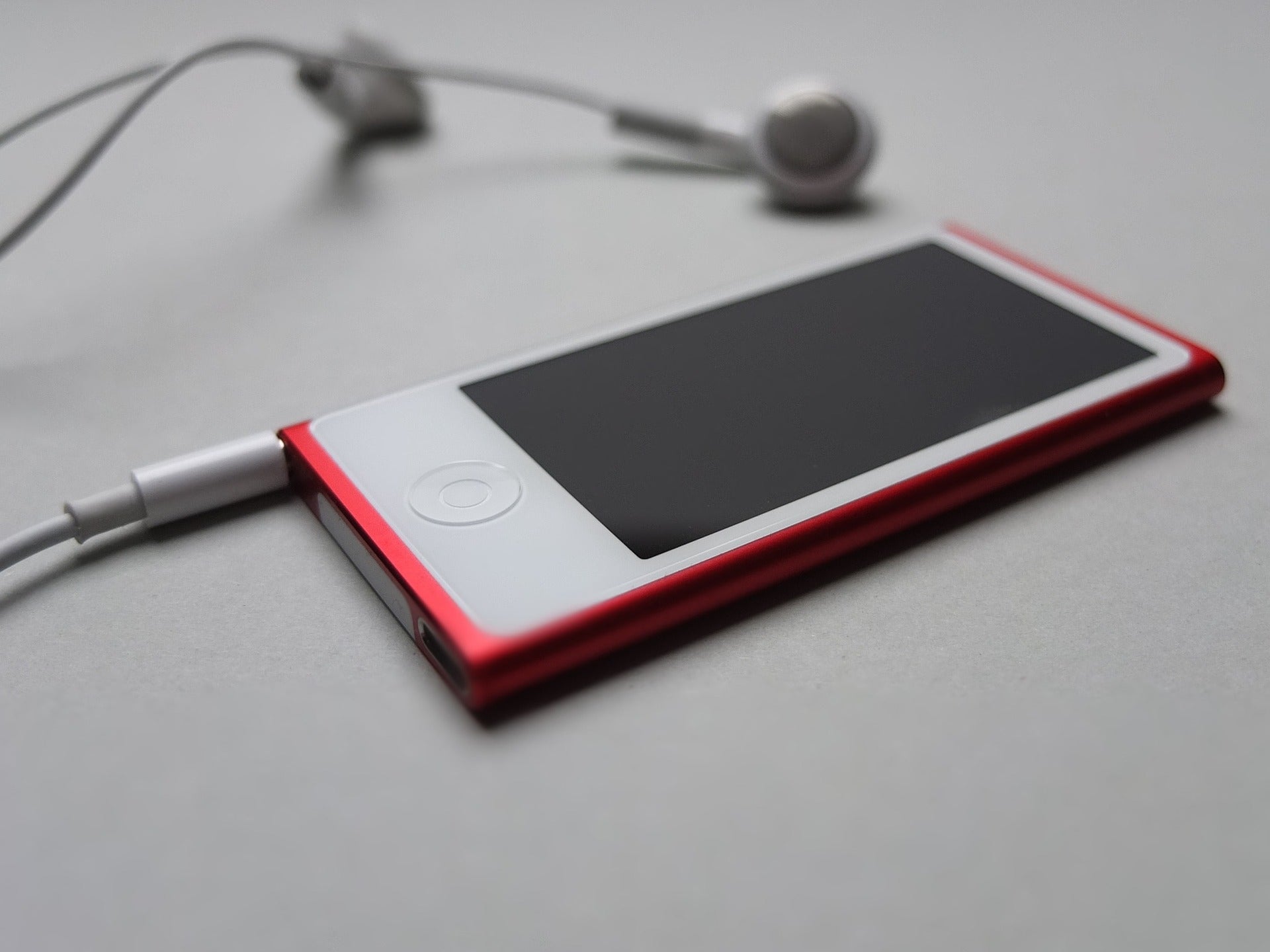
Apple has finally killed the iPod Nano.
The iPod Nano joins the iPod classic, the fourth-generation iPod shuffle, and the fifth-generation iPod Touch as part of its “Vintage” range of products.
This means the product has not been updated for more than five years.
Once it reaches the seven year mark it is considered “obsolete”, such as the original iPhone (and all subsequent handsets up to the iPhone 4.)
Vintage products can still be repaired by Apple, if equipment is still available. Obsolete products, meanwhile, cannot be repaired at all.
Apple first launched the iPod Nano in September 2005, featuring a small screen and a scroll wheel similar to the iPod Classic.
Since then, it has been morphed into the shorter, fatter third-generation iPod Nano, while the fourth-generation was taller with a larger screen for video.
The next major redesign came in 2010, when Apple cut the scroll wheel completely with a small, square design for the music player that relied entirely on the touchscreen.
The seventh-generation iPod Nano featured a touchscreen as well as the ability to install apps – which meant it had to be larger, and have a physical home button.
However, eventually the iPod Nano and iPod Touch became so similar that Apple had to make a choice of which one to retain support for.
The iPod Touch, which also features a camera on the back, is now the only iPod Apple still sells.
Apple’s official list of iPod devices is not entirely complete, however. The company designed a “top secret” iPod for the US government that could run custom hardware.
Although experts suggest it could have been a portable Geiger counter, it is unclear exactly what the product was used for.
